Many remote visual inspection users rely on rental borescopes to meet their periodic inspection applications. They are faced with choosing from a variety of suppliers and equipment for the best remote visual inspection equipment to use for their inspection. Typically, the most important criteria to consider are the length and diameter of the borescope or videoscope equipment to be rented. Then consider other requirements such as the need to manipulate or articulate the end of the videoscope, direction of view and image capture capability.

To determine the most appropriate length borescope rental you need for your inspection is a fairly simple process:
- Determine what the distance the working length of the borescope rental will need to travel to reach the target inspection area.
- Consider the access area and keep in mind any external components that will keep the borescope at a distance from the inspection access.
- Can the area that needs to be inspected be access from several locations?
The best choice is to select the shortest borescope rental equipment possible. This allows for greatest light transmission to the target and therefore the best possible borescope rental image. Just as important a shorter scope is the easiest is the easiest to use. Remember that any unused length of borescope rental equipment not only costs more but will be coiled at your feet or protruding from the inspection area and far more susceptible to damage.
Beware misdirected advice that recommends the longest length borescope as a rule of thumb. Chances are they have never conducted a field inspection with a borescope and have only sold them over the telephone.
To determine the most appropriate Diameter borescope rental you need for your inspection is also simple to determine:
- Determine what the opening of the initial access to the target inspection area.
- Consider the internal diameters and how they will affect the ability of the borescope rental equipment to reach the inspection area.
- Consider the number of twists and turns such as 90 degree bends. These will affect the ability of the borescope or videoscope to reach the target area and the instrument ability to articulate the distal end.
The best choice is to select the largest diameter borescope rental equipment possible. This provides maximum light output, durability, ease of use and image quality.
Other considerations to select the best possible borescope or videoscope rental equipment include:
- What direction will you need to view with your borescope? Will you need to look straight or to the side? Different side view and forward view objectives are available to best suite your requirements.
- Does your inspection allow for straight in access or will you need to bend around corners? A flexible fiberscope or videoscope will be needed if straight access is not achievable.
- Define the area being inspected and what you expect the environment to be like when where you want to view. Will you have enough light at a given distance? Will the light reflect internally (polished metal surface) or will it be absorbed (combustion chambers and large vessels). Will you be close enough for proper magnification or far enough away for overall viewing?
- Define how close the scope tip will be from the area of interest. The closer you are, the increased magnification you achieve. The depth of field of most borescopes is huge compared to many other lens systems. Most scopes stay in focus without adjustment from a couple millimeters from the tip all the way to infinity. The common working range is within 1-2mm from the tip to approx. 5"-6" away.
- Will the remote visual inspection results need permanent documentation from digital still images or video? Ensure that the borescope or videoscope that you rent has the borescope recoding options you need for your inspection.
- Special considerations for a borescope rental may include high temperature applications, water proof requirements and contamination from chemicals and radiation.

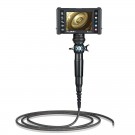


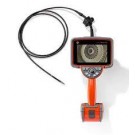
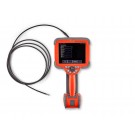
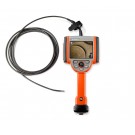
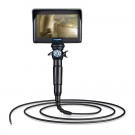

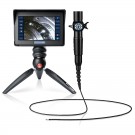
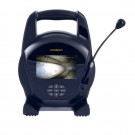
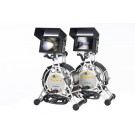
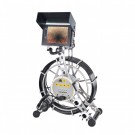

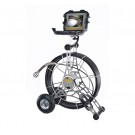


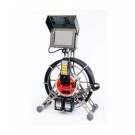
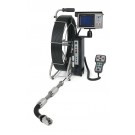
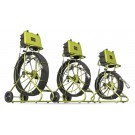
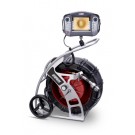
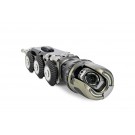
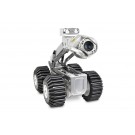
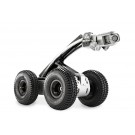


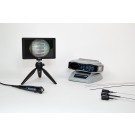


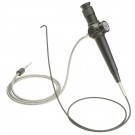

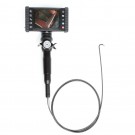

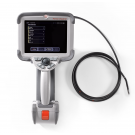
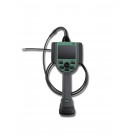
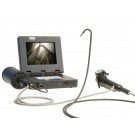
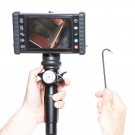
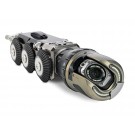
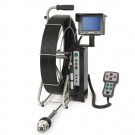
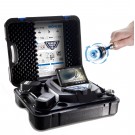
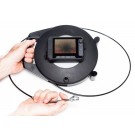
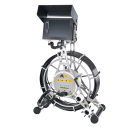

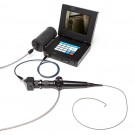






 California Burrowing Owl
California Burrowing Owl
